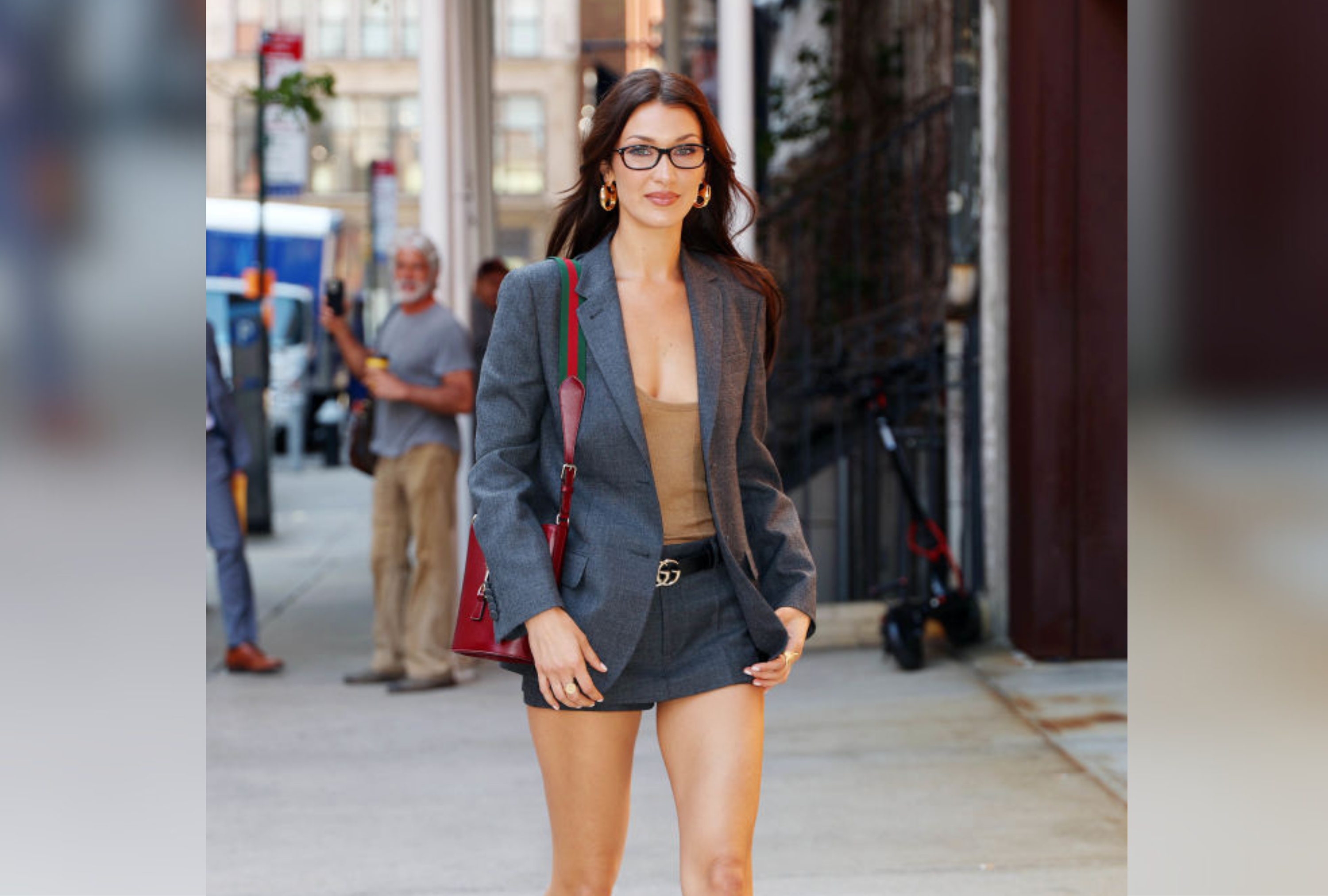Uncommon Knowledge
Newsweek is committed to challenging conventional wisdom and finding connections in the search for common ground.

One of 2015’s biggest fashion trends is having a second wind as the staple accessory loved by millennials makes its way back into the mainstream.
Revived by Alessandro Michele as part of his debut collection at the helm of the luxury fashion house in 2015, Gucci’s interlocked double-G logo belts gave the functional accessory a fashionable twist, with the design instantly recognizable. Now, the cult-classic accessory is being sported by fashion trendsetters and celebs, indicating that the item’s popularity is once again on the rise.
Whilst not an original design, Michele’s creative direction gave the accessory a new lease of life and cemented the product as an iconic item from Gucci’s arsenal. Under Michele’s direction, the product grew in popularity and, in turn, in styles, with a number of options when it came to belt width, leather textures, and even the logo itself.
The logo belt, arguably a status symbol in the mid-2010s, was the must-have accessory for it-girls and boys alike, and a staple on any red carpet—but soon fell off fashion lovers radars as they ditched the style in favor of other fashionable alternatives.
However, the product may be taking center stage again soon, with supermodel Bella Hadid spotted wearing the accessory in New York last month, and Miley Cyrus sporting the skinny version during the teaser trailer for her upcoming appearance on My Next Guest Needs No Introduction with David Letterman.
In fact, mentions of the accessory on X [formerly known as Twitter] have grown a significant 18 percent over the last week, according to social media fashion data source @databutmakeitfashion.
To find out more about how the trend is making its mark for the second time, Newsweek spoke to U.K.-based designer resale store Consigned Sealed Delivered’s resident fashion expert, Giorgio Ammirabile, who shared how “fashion is cyclical due to several factors involved,” sharing insight into six factors that affect an item’s fashion life cycle:
Ammirabile also touched on how many of our key trends aren’t being seen for the first time, as he shared: “Whatever we see today is already been discovered and some ‘new’ discoveries are just the innovation of the old ones.
“Any designer or creator makes designs based on keeping past fashion in mind. This happens due to commercial aspects.
“The cyclic nature of fashion means that trends are constantly evolving and changing, and was popular last season may not be popular this season. This keeps the industry dynamic and constantly pushes designers to come up with new ideas, with this cyclical nature of fashion not just a phenomenon, but also a necessity.”
So, if you’re one of many millennials who hopped on the trend almost a decade ago, it may be time to dig the belt out from your drawers and dust it off for round two.
Newsweek is committed to challenging conventional wisdom and finding connections in the search for common ground.
Newsweek is committed to challenging conventional wisdom and finding connections in the search for common ground.